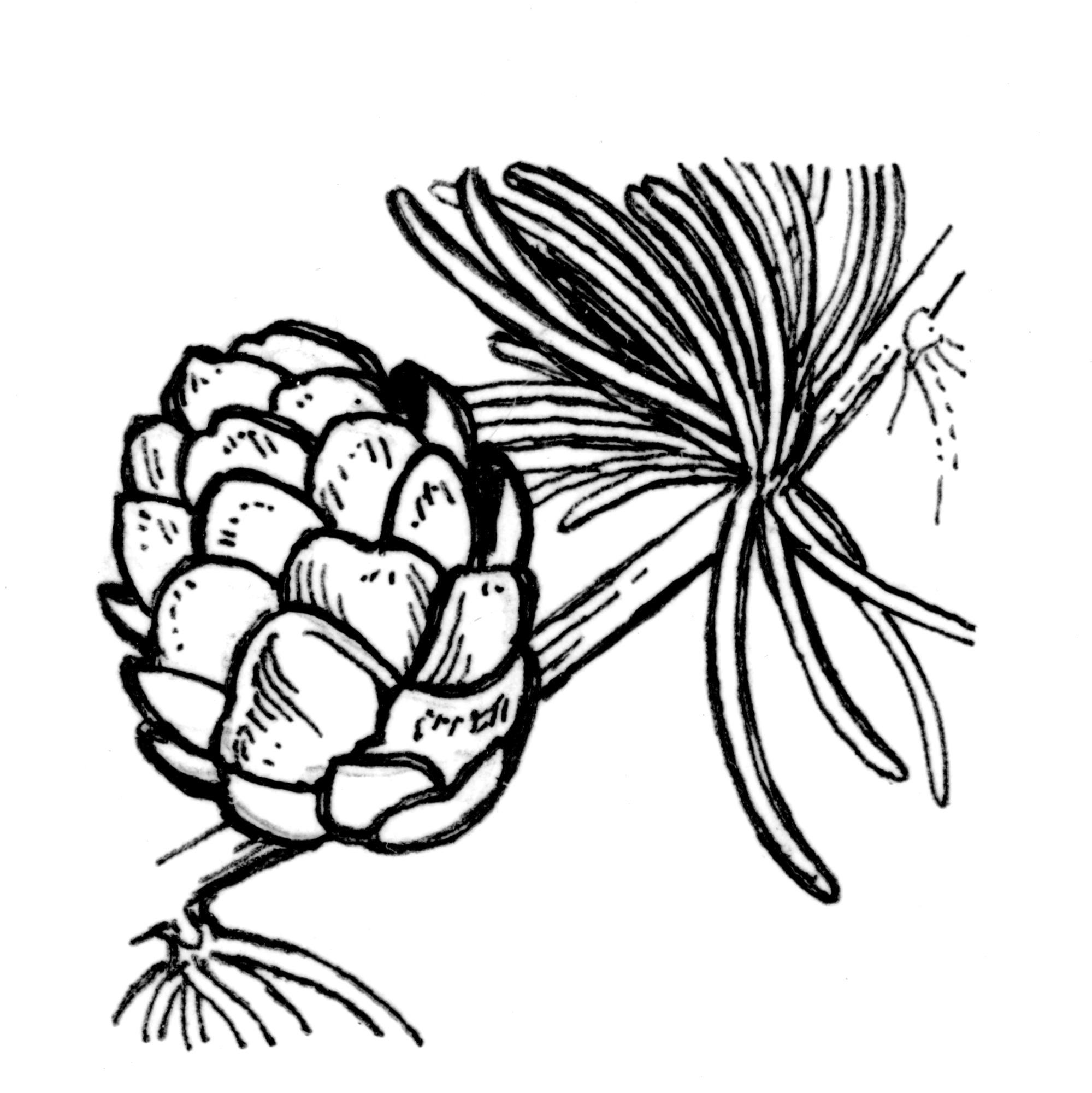
Ancient Latin name for larch.
Deciduous, slightly resinous trees. Bark smooth, peeling. Branches irregularly whorled and almost horizontal. Leaves soft. Buds small, almost round. Shoots of two kinds; long shoots with well spaced spirally arranged leaves, and short spur-like shoots with leaf clusters in whorls. Cones on short shoots. Male cones solitary and terminal, globose to oblong. Female cones terminal, erect, often with brightly coloured bracts, maturing in the first year but not breaking up. Seed with large wing.
The larches grow best in cool districts although Pseudolarix will tolerate slightly warmer conditions.
9-12 species from Europe, America and Asia, occurring as widespread forests in the colder parts of the Northern Hemisphere.
Eight species were growing at the Otway Ridge Arboretum, Victoria in 1991.
Seed.
Superficially similar to Cedrus but differing in having deciduous, fresh green flexible leaves and differing from Pseudolarix in having narrower, shorter leaves, male cones that are not in clusters, and female cones that do not break up at maturity.
Horsman (1988).
Source: (1995). Pinaceae. In: . Horticultural Flora of South-eastern Australia. Volume 1, Ferns, conifers & their allies. The identification of garden and cultivated plants. University of New South Wales Press.
